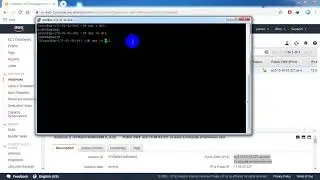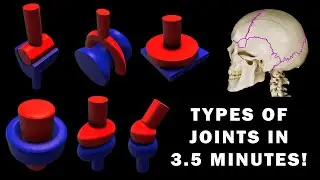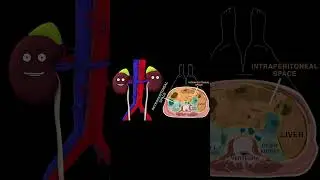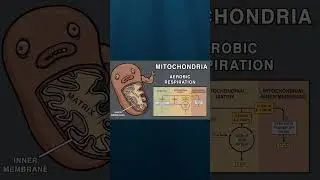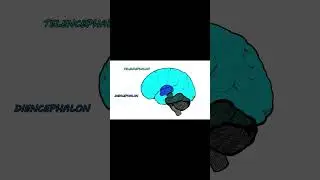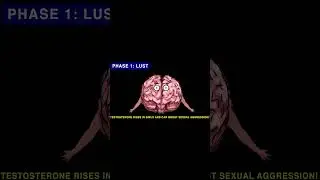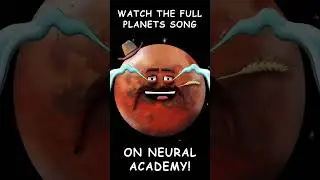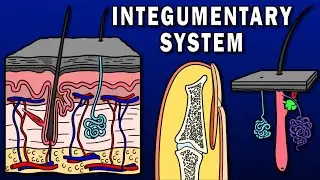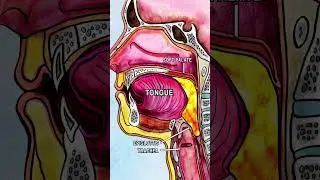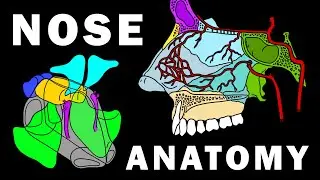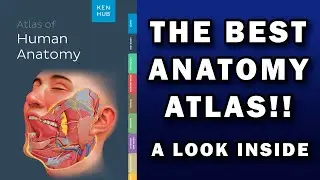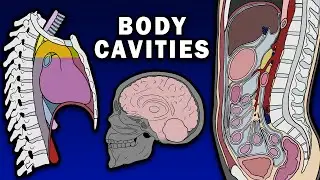ENZYMES (1/2) - Definition/Cofactors/Models
A catalyst is a molecule that speeds up a chemical reaction without being consumed or altered by the reaction. Enzymes are biological catalysts that make metabolic reactions occur at fast enough rates to sustain life. Without enzymes, reactions between substrates – the substances upon which enzymes act – would happen super slowly, or even not at all.
Catalysts speed up reactions by lowering the activation energy of a reaction. The activation energy is the energy barrier that must be surpassed for a reaction to take place. Note that enzymes don’t affect the Gibbs free energy, ΔG, of the reaction, which is the thermodynamic potential of a reaction. Enzymes can lower the activation energy of a reaction in multiple ways – by stabilizing the transition state, providing alternative reaction pathways, destabilizing the substrate’s ground state, and/or by orienting the substrates in a manner which decreases the entropy change during the reaction. The catalytic power of a catalyst is the ratio of the rate of a reaction with that catalyst versus without it.
Most enzymes are proteins, though there are also some catalytic RNA molecules called ribozymes (e.g. ribosome).
Enzymes are are usually much larger than their substrates. Typically, only a small portion of an enzyme composes the catalytic site, which is directly involved in catalysis. Near this catalytic site are binding sites, which are composed of amino acids whose job it is to bind to the substrates, orienting them appropriately for catalysis. An enzyme must bind a substrate before catalysis can take place. Together, the catalytic site and binding site form the active site. The remainder of the enzyme serves as a scaffold which maintains the exact orientation of the amino acids of the active site. When the enzyme binds its substrates, it forms the enzyme-substrate complex. During catalysis, the enzyme-substrate complex becomes the enzyme-product complex. After catalysis, the enzyme-product complex dissociates, releasing the products.
There are some enzymes that don’t have amino acids involved in catalysis. Instead, the enzyme binds a catalytic cofactor. Cofactors are non-protein chemical compounds or metallic ions. If an enzyme that requires a cofactor to function doesn’t have one bound, it is called an apoenzyme or apoprotein. When bound to the cofactor, it is called a holoenzyme.
Cofactors can be organic or inorganic. Organic cofactors can be either prosthetic groups or coenzyme es. Prosthetic groups remain tightly bound to the enzyme. Coenzymes are frequently consumed and recycled during the catalytic reaction. Some types of coenzymes can be called “cosubstrates” – basically substrates that are loosely bound to the enzyme. Coenzymes are often small organic molecules that transport chemical groups, such as ATP or NADH, from one enzyme to another. Some vitamins function as coenzymes.
Enzymes are specific: they only bind specific substrates, they only catalyze specific reactions, and they only produce specific products. Enzymes are chemoselective- interacting only with certain functional groups. Enzymes that have a broader range of specificity and are able to bind to more than one kind of subs trate display “enzyme promiscuity”.
As just mentioned, enzymatic reactions only produce specific products. Enzymes don’t allow unproductive side-reactions to take place, so no unproductive waste-products are generated. This is important! Imagine if each step of a reaction had a 90% yield and there were 10 steps. In the end, you would only get a yield of 34.9%! In addition, you’d have tons of potentially-harmful waste products.
There are two important hypotheses about how enzymes work. The “lock and key” model, proposed in 1894 by Emil Fischer, was accepted for a long time as the mechanism by which enzymes function. According to this model, enzymes and their substrates have specific, complementary shapes that fit together perfectly. While this model explains the specificity demonstrated by enzymes, it doesn’t account for the ability of enzymes to stabilize the transition state of a reaction. Nevertheless, this model was well accepted for several decades.
Enter Daniel Koshland. In 1958, he proposed the “Induced Fit” hypothesis. Enzymes are flexible, conformationally-dynamic molecules. In his model, the active site is continuously reshaped by interactions with the substrate as it interacts with the enzyme until the substrate is completely bound, molding it into the precise positions which enable catalysis. This interactive process is called the “conformational proof reading mechanism”, and it enhances the fidelity of molecular recognition in the face of competition by similar molecules.
Backgrounds from Nebula by RocketStock
Watch video ENZYMES (1/2) - Definition/Cofactors/Models online, duration hours minute second in high quality that is uploaded to the channel Neural Academy 16 March 2019. Share the link to the video on social media so that your subscribers and friends will also watch this video. This video clip has been viewed 19,144 times and liked it 335 visitors.







